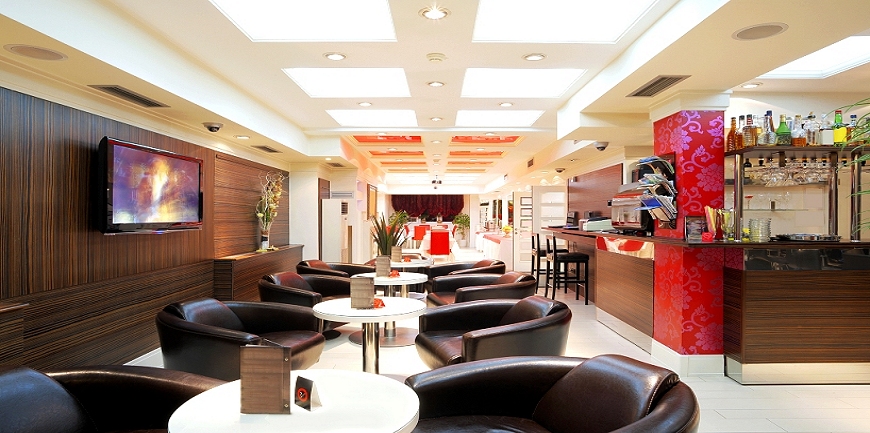Troubleshooting Tips
Whether it’s a carefully crafted touchscreen or our custom design and development services, we deliver tested results that assure a quality experience. Start here as a hub for your support, then give us a call or contact us …
Learn More














